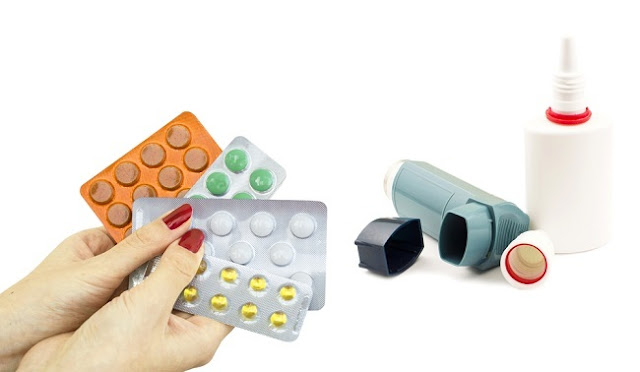The Reason Behind the Drop of the Uterus
A uterine uterus can occur when the muscles at the base of the pelvis and surrounding tissues are weakened. Factors that increase the risk of these weaknesses include giving birth to a large baby, a difficult labor, pregnancy, aging, and the declining condition of the hormone estrogen.
The condition of the uterus to fall is divided into several levels of severity. The first level, part of the cervix droops to the vagina. The second level, part of the cervix down to the vaginal mouth border. Third level, the cervix comes out of the vagina. Then, the overall heaviest level of the uterus comes out of the vaginal mouth.
Factors That Cause Uterus Drops
In addition to the various risk factors previously mentioned, there are several other medical conditions related to uterine decline. The following conditions can weaken the muscles that support the uterus, causing the uterus to drop:Cystocele
Cystocele is a herniation or fall of the bladder toward the vagina, so that a bulge is formed into the inside of the vaginal canal. This condition can make a person difficult to hold back urination, frequent urination, or urinary retention in the bladder so they cannot urinate.
Enterocele
Enterocele is a herniation or a decrease in part of the small intestine that presses on the vagina, so that a bulge is formed into the inside of the vaginal canal. In enterocele, the affected part of the vagina is the back-top part. In this condition, back pain is felt when standing, and will disappear when lying down.
Rectocele
Rectocele is the formation of a bulge into the lower back of the vaginal opening due to rectal herniation. This condition can cause difficult bowel movements.
How to Overcome the Uterus Down
To ensure the condition of the uterus down, the doctor needs to do several checks. If your doctor has stated that you have a uterine uterus, there are a number of possible treatments that will be recommended, depending on how severe your condition is. If the condition of the uterus drops mildly, treatment may not be needed. However, if the condition has caused discomfort, treatment can be done without surgery, or with surgery. Treatment without surgery can be done in the following ways:- Kegel exercises, the goal is to train the pelvic floor to strengthen the muscles of the vagina.
- Estrogen replacement therapy.
- Weight loss.
- The use of a pessarium, which is a tool to help push the uterus and keep it more stable.
- Uterus suspension, which is the placement of the uterus back into position by connecting the pelvic ligaments or using other materials.
- Hysterectomy, which is the removal of the uterus from the body. This action can be done through the vagina or wall




Comments
Post a Comment